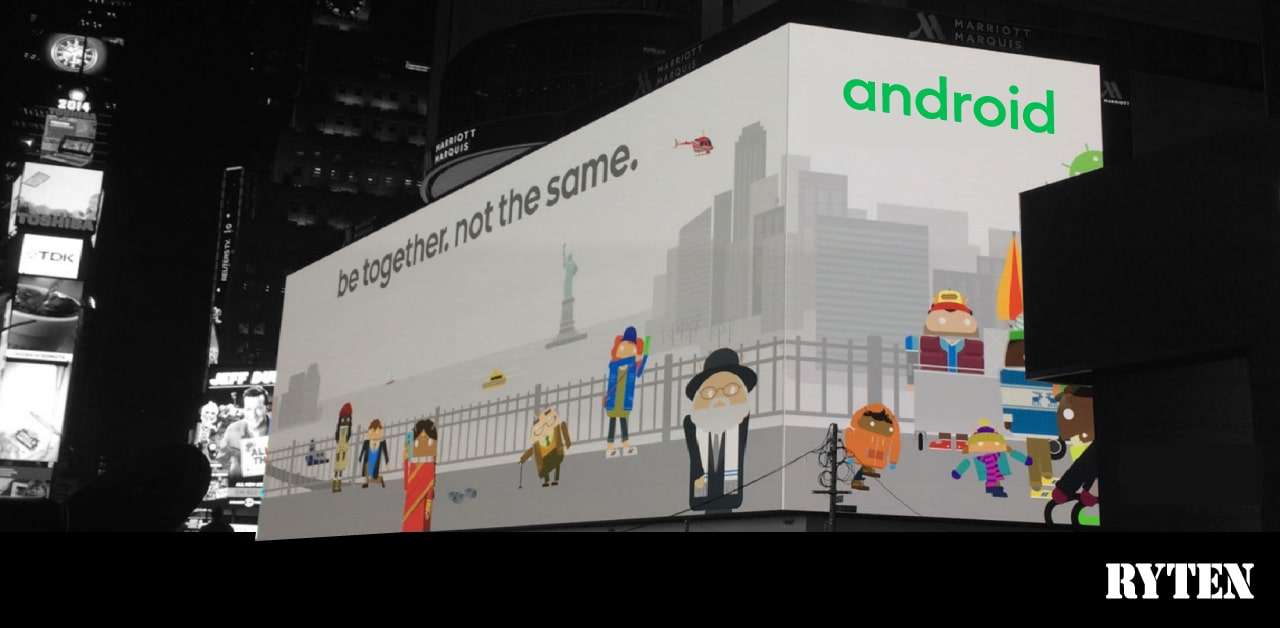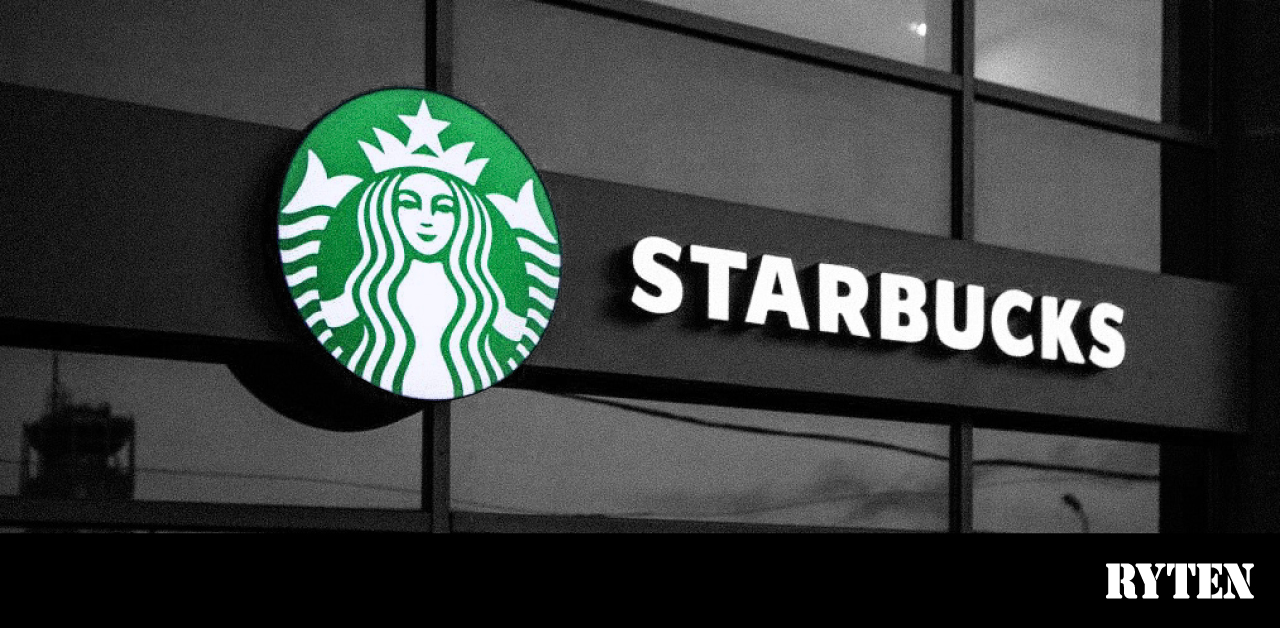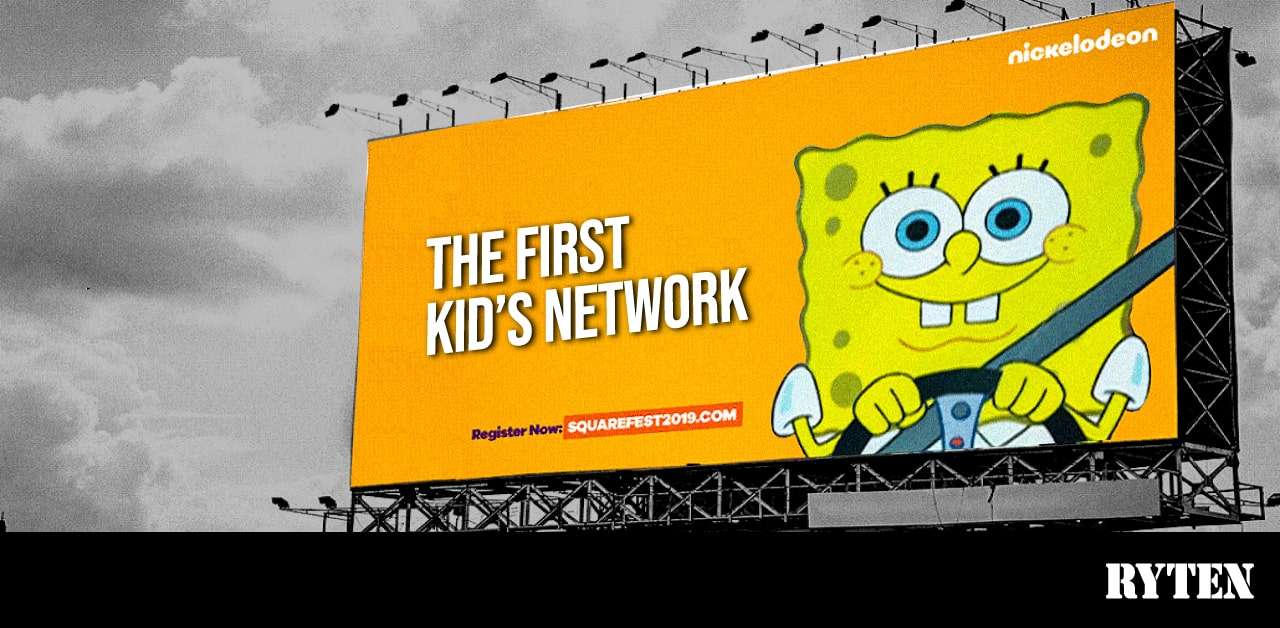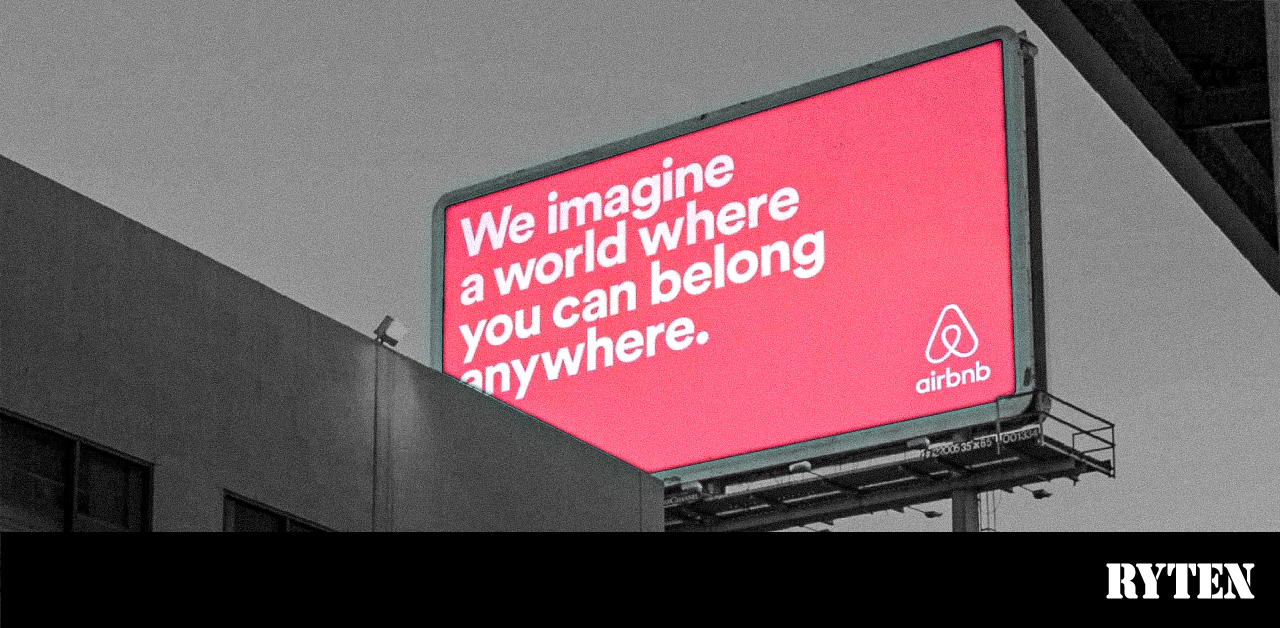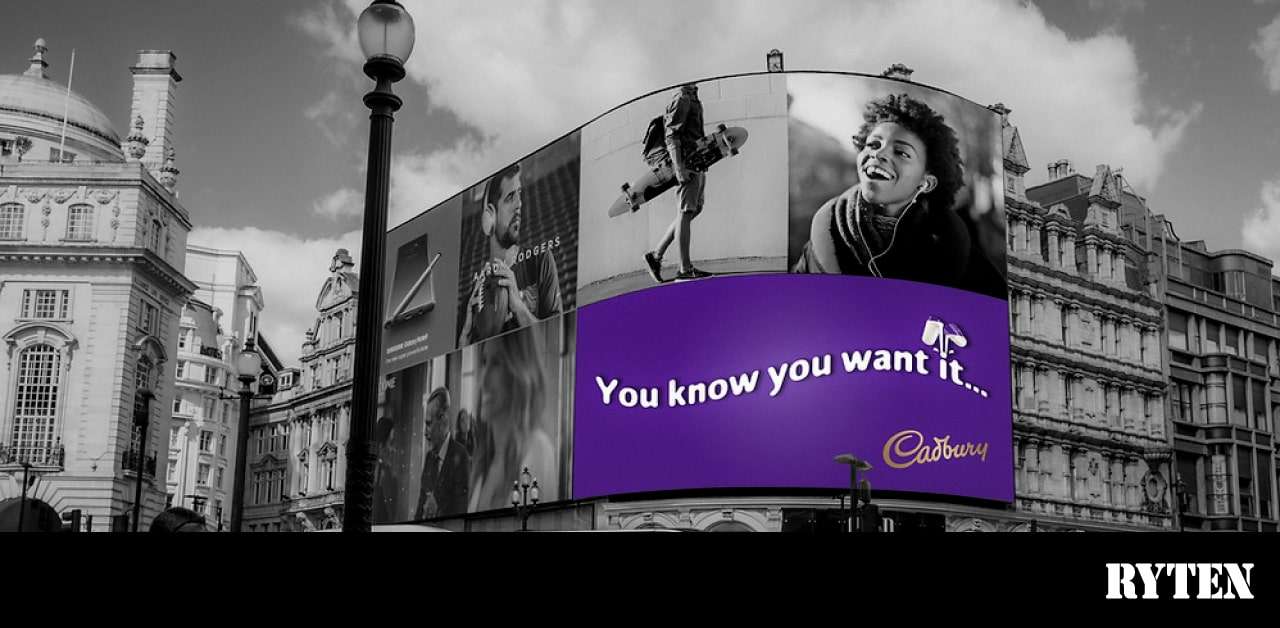FROM REJECTING OFFER BY FACEBOOK TO A $23.5 BILLION EMPIRE: SUCCESS STORY OF SNAPCHAT
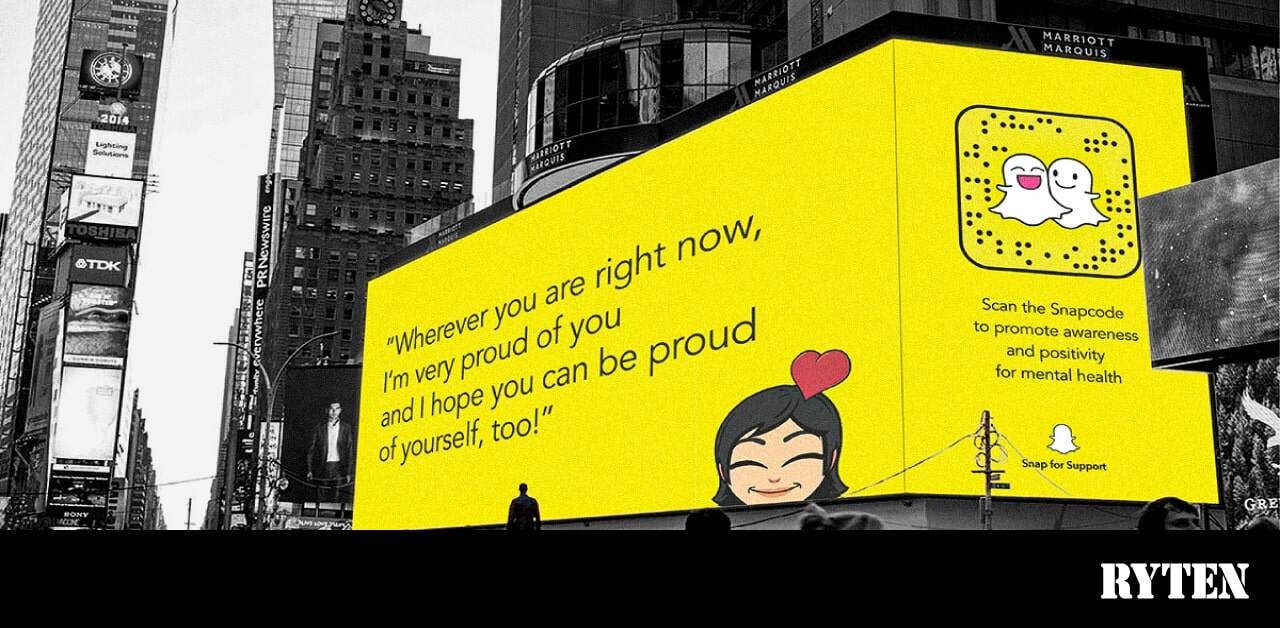
5 Fantastic Facts About Snapchat:
- Snapchat was initially named “Picaboo”.
- Among 319 million active Snapchat users, more than 54.4% of them are female.
- In 2013, Facebook tried to buy Snapchat for $3B in cash, now valued at $23.5B.
- 73% of the users from the U.S. are 18-24 years old and the majority of those on Snapchat are Gen Z users.
- Almost 2.1 million snaps are sent per minute globally.
Introduction
Snapchat is a social networking application for Android and iOS devices that allows sending pictures or videos, named “Snaps,” to friends to express oneself, live in the moment, learn about the world, and have fun together. It has become tremendously popular within a very short space of time, especially with young people.
The core concept of the mobile app is that any snap that is sent by default is made available to the receiver for only a short time before it becomes inaccessible. This temporary or ephemeral nature of the app was originally designed to encourage a more natural flow of interaction.
How Snapchat Started
The story of Snapchat started with the collaboration of Evan Spiegal, Reggie Brown, and lastly Robert Murphy who joined them later on. All three of them were students at Stanford University during that time. The project was initially just an idea that Reggie Brown came up with, to create a social media application for pictures or videos that would be deleted automatically within a time limit. With this idea, he turned to Evan Spiegel for business development. But to make this idea come true, the two needed a partner who was good at coding. That is when they found Bobby Murphy and the other three started working with full force on the project for several months. Though Right after In July 2011, the co-founders released “Picaboo” Spiegel and Murphy forced Brown out of the company, and relaunched the company as Snapchat by September 2011.
Since then Snapchat has been doing great among the young demographic. This social media application is not your traditional social media or photo app. It is to create a space to be candid, funny, and be sharing your moments,
Story Behind the Name and Logo
After its debut in the summer of 2011, Snapchat was initially named “Picaboo” which was later changed by Spiegal to Snapchat after receiving a cautionary letter from a photo-book company that already had the right over the name “Picaboo.” The name Snapchat came from the intention of sending short snaps that disappear.
The initial logo looked like a Picaboo icon, placed inside a yellow curved square box portraying a cute, round-headed ghost, grinning with its protruding tongue and two tiny arms on the sides, mostly like a typical Halloween sheet outfit we all know. This mascot of the app is known as “Ghostface Chillah” which is derived from Ghostface Killah of the hip hop group Wu-Tang Clan. The logo later in 2013 got rid of the face of the ghost presenting only the outlines. The Snapchat logo designers settled on using the Pantone Yellow U shade which makes a strong and bold statement itself, connecting more with the target group.
First Model
The first model of Snapchat was basically the idea of a social media app that will enable users to post photos and videos that will disappear from the site after a few moments.
The disappearing messages feature of Snapchat was the most tempting for teens to share compromising photos or engage in some other activities. Both Brown and Spiegel agreed on the notion of a social media platform modeled on disappearing content was a good idea.
Tough Time
In 2018, Snapchat rolled out its redesign since the app launched in 2011. It divided the app into two sections and a massive teen user base was strongly dissatisfied with that update. They were not only unhappy but it became really big soon and they were signing petitions to Remove the new Snapchat update that received nearly 600,000 signatures. “With the release of the new Snapchat update, many users have found that it has not made the app easier to use, but has made many features more difficult,” the plea reads. “Many new features are useless or defeat the original purposes Snapchat has had for the past years.”
“The new Snapchat update is cluttered, confusing, and inefficient,” Ava, a 17-year-old in San Carlos, California, told The Daily Beast. “It’s the most disliked update since the beginning of Snapchat. Although Snapchat is my most used app on my phone, I have been using it considerably less since the update and am seriously considering deleting the app.”
The user revolt was showing no signs of stopping either. In fact, it was having a direct impact on Snap’s finances. The sudden drop in the company’s share price was after Kylie Jenner tweeted about the incident.
Kylie Jenner went, “sooo does anyone else not open Snapchat anymore? Or is it just me… ugh this is so sad.”
Future of Snapchat
The CEO and co-founder of Snapchat discussed the future of the company at Fast Company’s Most Innovative Companies Summit on Tuesday.
“Snap introduced augmented reality glasses called Spectacles in 2016, but it didn’t go well.” But now, Spiegel sees an untapped potential in the augmented reality segment using a smartphone. “Transforming shopping into more of an experience, which hasn’t really been possible online historically,” he says.
Speigal labeled AR to be “Transformative” for education. “It could make it easier, for instance, to learn about how the human body works–a big improvement over the trip to the morgue.” Spiegel remembers from his school days.
Key Milestones of Snapchat
2011: Snapchat was released in the IOS App Store under the name of “Picaboo” in July 2011.
2012: In October 2012, Snapchat launched its app in the Google Play Store for Android users. By December 2012, Snapchat users were sending 50 million snaps per day.
2013: In October 2013, Snapchat launched Stories – an ephemeral narrative of snaps that users could post for their friends to view for 24 hours.
Around two years after Snapchat was launched, Mark Zuckerberg attempted to buy Snapchat for 3 billion dollars in November of 2013. But his offer was refused.
2014: Snapchat first introduced Geofilters that let users customize their snaps with filters in August 2014, which resulted in 40% of adults in the U.S. using Snapchat on a daily basis within a month.
2015: In January 2015, Snapchat created a buzz by introducing ‘Discover’ and ‘Lenses’ also known as filters, which ended up hitting around 75 million users by the end of that month.
2016: Snapstreaks came out in March 2016, in Snapchat’s ‘Chat 2.0’ app update.
In April 2016, Snapchat hit a huge milestone when Bloomberg was generating 10 billion video views per day.
Before May of 2016, Google offers to acquire Snapchat for a reported 30 billion dollars. But that offer was rejected.
Snapchat Memories was introduced in July and amassed 150 million daily active users.
Again in July, Snapchat introduced a collaboration with Bitstrips to create Bitmoji, a personalized avatar Snapchat users could create and incorporate into their snaps and Stories.
In September, Snapchat rebranded to ‘Snap Inc.’, the parent company of Snapchat and Spectacles.
2017: In March 2017, Snap Inc. went public.2019: Snapchat hosted the first-ever Snap Partner Summit on April 4, 2019.

